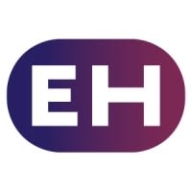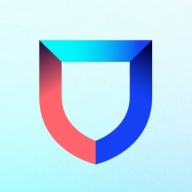

Lacework FortiCNAPP and ExtraHop Reveal(x) 360 are cloud security solutions. Lacework FortiCNAPP is favored for its affordability and support, while ExtraHop Reveal(x) 360 is known for its advanced features, potentially justifying its higher price.
Features: Lacework FortiCNAPP includes comprehensive compliance management, advanced threat detection, and cloud-native application focus. ExtraHop Reveal(x) 360 offers robust network analytics, machine learning capabilities, and deep insights into network traffic.
Ease of Deployment and Customer Service: Lacework FortiCNAPP allows straightforward deployment with extensive support, integrating smoothly into cloud environments. ExtraHop Reveal(x) 360's deployment is more complex, requiring detailed network setups, but it is supported by strong customer service.
Pricing and ROI: Lacework FortiCNAPP is cost-effective, offering good ROI in compliance scenarios. ExtraHop Reveal(x) 360 involves higher setup costs but delivers significant ROI through deep network visibility and analytics.
| Product | Market Share (%) |
|---|---|
| Lacework FortiCNAPP | 1.9% |
| ExtraHop Reveal(x) 360 | 0.3% |
| Other | 97.8% |


| Company Size | Count |
|---|---|
| Small Business | 4 |
| Midsize Enterprise | 4 |
| Large Enterprise | 3 |
Cloud is where your business operates, where it innovates, how it enables employees, and how it connects with customers. Adversaries know this, and that's why attacks against cloud assets in IaaS, PaaS, and SaaS environments are increasing. With Reveal(x) 360, you can mitigate the blast radius of advanced threats like ransomware and supply chain attacks with unified security across multicloud and hybrid environments in a single management pane.
Lacework FortiCNAPP provides robust cloud security, combining vulnerability management and multi-cloud insight with user-friendly controls, machine learning detection, and compliance support.
Lacework FortiCNAPP specializes in cloud security by merging machine learning anomaly detection with agent-based vulnerability management to offer detailed alerts and compliance reports. Its comprehensive approach allows continuous monitoring across AWS and Kubernetes, providing insights from an attacker's perspective. The platform offers automation and seamless Slack integration, facilitating collaborative and efficient cloud security management. Users value its ability to handle multi-cloud environments and scan IAC scripts, configurations, and compute nodes across AWS and GCP.
What are the key features?Organizations across sectors leverage Lacework FortiCNAPP for cloud security, focusing on compliance, security posture, and vulnerability management. It is widely used for monitoring AWS and Kubernetes environments, scanning IAC scripts, configurations, and securing compute nodes. It supports multi-cloud security posture management and log ingestion, enabling companies to maintain strong cloud infrastructures without dedicated security layers.
We monitor all Container Security reviews to prevent fraudulent reviews and keep review quality high. We do not post reviews by company employees or direct competitors. We validate each review for authenticity via cross-reference with LinkedIn, and personal follow-up with the reviewer when necessary.